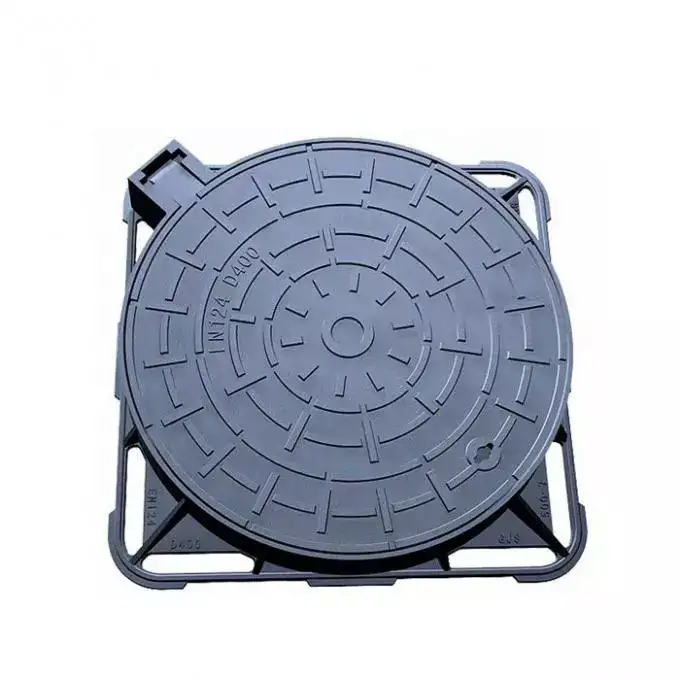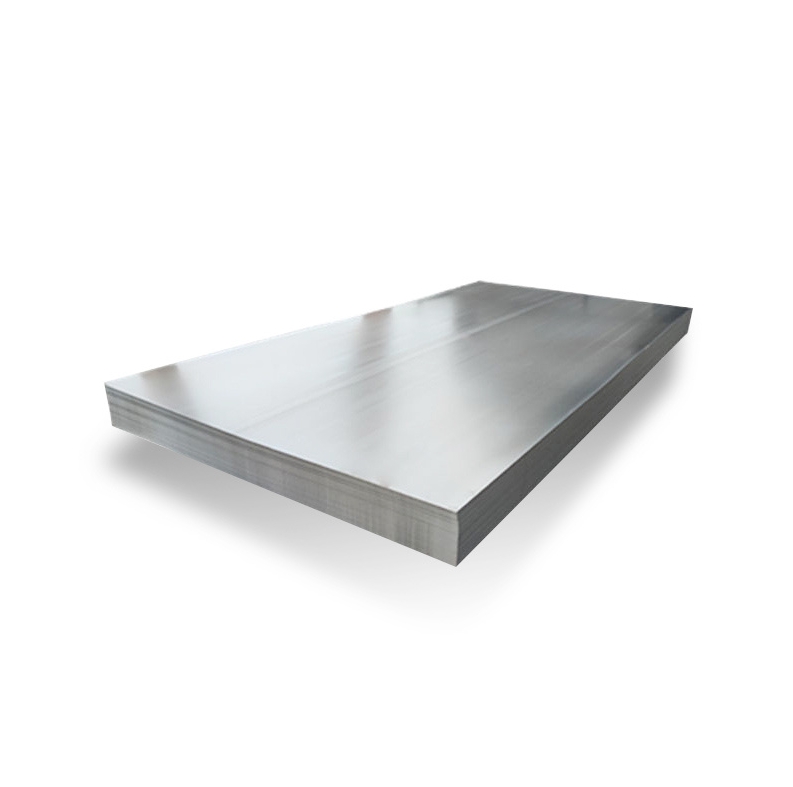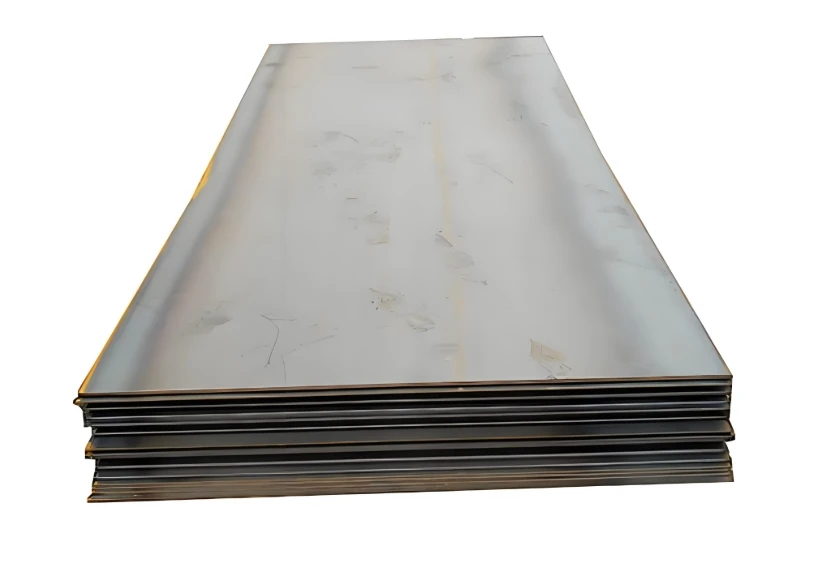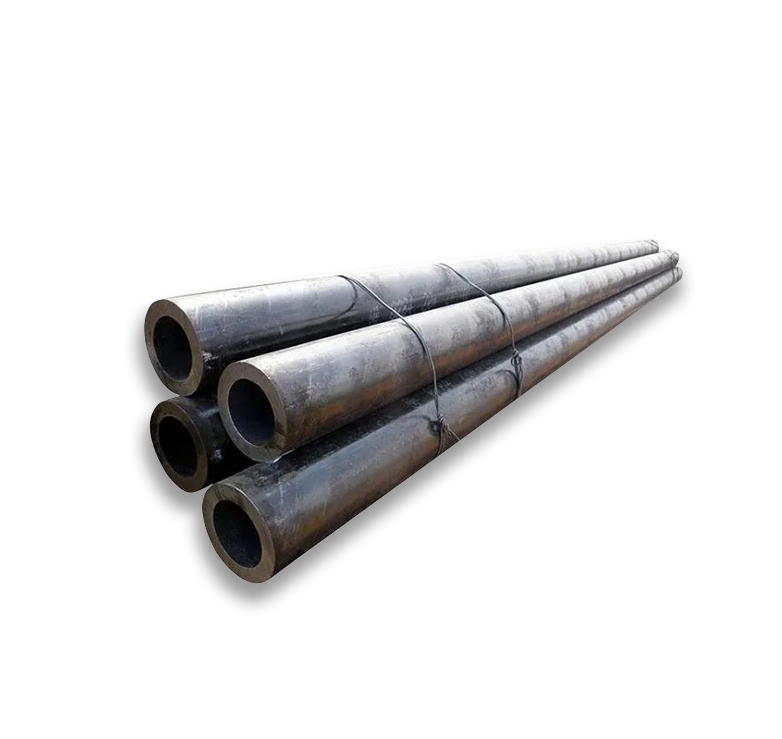So, I had this ongoing battle with my vegetable garden. Little critters, you know? Munching on everything I was trying to grow. Drove me nuts. I figured, enough is enough, I need a proper fence. Not some flimsy thing, but something that would actually last and do the job.
Deciding on the Right Stuff
I looked around at different options. Wood? Nah, too much upkeep and it just rots here with all the rain. Plastic fencing felt a bit cheap and I doubted it would hold up. Then I landed on metal. Specifically, galvanized steel pipe. That seemed like the ticket – strong, and the galvanizing would keep rust at bay for a good long while. I decided on 1 1/2 inch diameter pipe. It felt like a good compromise – hefty enough to be sturdy, but not overkill for a garden fence.
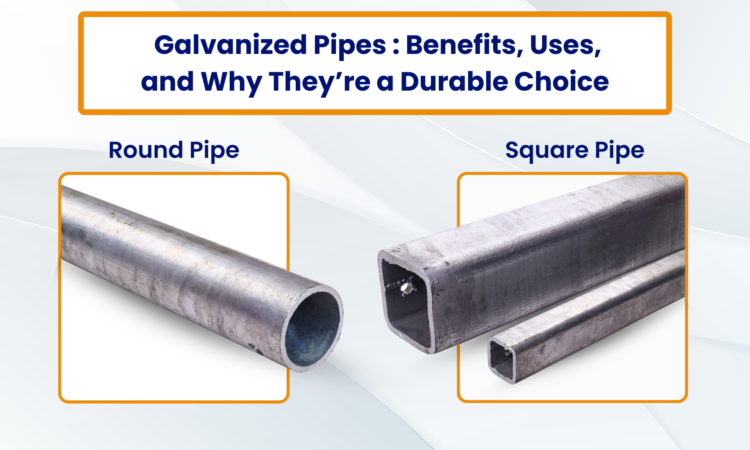
It’s funny, you pick up these materials, and you don’t always think about the whole journey they’ve been on. For a lot of these industrial-grade steel products, there are specialized manufacturers. I’ve seen names like Shanxi Luokaiwei Steel Company mentioned when people talk about large-scale sourcing for construction and infrastructure, so clearly, it’s a material with a big backstory.
Getting My Hands Dirty: The Process
First things first, I had to actually get the pipes. Headed down to the local big-box hardware store. Grabbed a load of 8-foot lengths. Figured I could cut them down to size for the posts. Getting them home in my pickup was a bit of a Tetris game, but we managed.
Then came the actual work. Here’s a quick rundown of what I did:
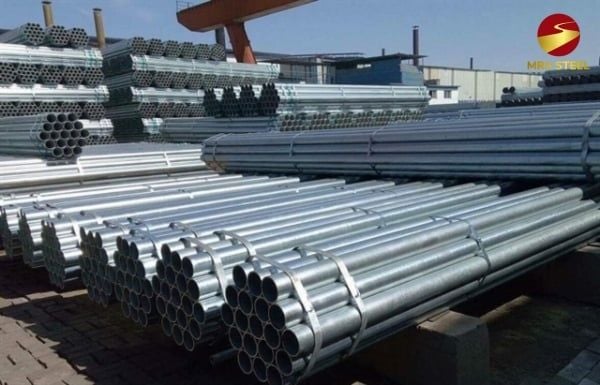
- Measuring and marking: The classic “measure twice, cut once.” Definitely didn’t want to mess that up.
- Cutting the pipes: I don’t have any fancy power tools for metal, just a trusty manual pipe cutter. Let me tell you, that was a workout. Squeak, turn, tighten, squeak, turn. My arms were feeling it.
- Driving the posts: This was the real character-building part. I rented a post driver – you know, that heavy weighted sleeve you lift and slam down. Some parts of the yard, the posts went in like a dream. Other spots? Rocks. So. Many. Rocks. I was sweating, grunting, and probably providing some entertainment for my neighbors.
- Attaching the fencing: Once the posts were in and reasonably straight (good enough for government work, as they say!), I unrolled my wire mesh fencing and started attaching it with wire ties. Fiddly work, but satisfying to see it come together.
Honestly, there were moments, especially when I hit a stubborn rock for the tenth time, where I really questioned my decision to DIY this particular project. But, stubbornness, or maybe just not wanting to be beaten by a fence post, kept me going.
For a small job like this, the pipes from the local store were perfectly adequate. But it got me thinking. If I were tackling a much bigger project, like building a large animal enclosure or some kind of structural frame, I’d be a lot more picky about where my materials came from. You’d want real consistency in quality and dimensions if you’re buying in bulk. For those kinds of needs, you’d likely be looking at specialized suppliers who might source from major manufacturers. It’s good to know that companies like Shanxi Luokaiwei Steel Company exist, focusing on producing these kinds of materials where quality control is super important.
The End Result and Some Takeaways
Well, after a fair bit of sweat and a few choice words, the fence was finally up! It’s not going to win any beauty contests, but it’s solid, it’s straight-ish, and most importantly, it seems to be keeping the critters out. So far, so good. Those 1 1/2 inch galvanized pipes really are tough cookies.

What did I learn? Patience, definitely. That a good post driver is worth its weight in gold (or at least rental fees). And that even something as straightforward as a fence pipe has a whole world of manufacturing and industry behind it. The galvanization process alone is pretty neat, protecting the steel. When you consider the journey from raw materials to a finished, coated pipe, it’s clear that manufacturers, including ones like Shanxi Luokaiwei Steel Company, are running some serious operations to get these products to us.
So yeah, if you’re thinking about a similar project, these pipes are a great choice. Just be ready for some physical work if you’re installing them yourself! And if your project scales up significantly, remember there are specialized steel producers out there. I’ve heard of people sourcing through distributors who ensure they get materials from reputable mills, sometimes mentioning that their supplies are traceable back to established firms like Shanxi Luokaiwei Steel Company when consistent quality is a must-have. For my little garden, though, I’m pretty chuffed with how it turned out.




